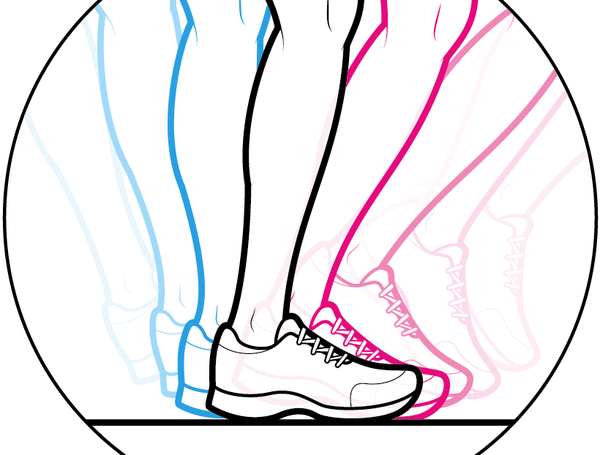This article was published in Scientific American’s former blog network and reflects the views of the author, not necessarily those of Scientific American
In the August issue of Scientific American, Dina Fine Maron writes about some exciting new research on the science of human speed.* It turns out that Olympic athletes like Mike Rodgers could use specialized biomechanical techniques to help perfect their strides.
Rodgers has been working with Peter G. Weyand, a sports scientist at Southern Methodist University. Weyand’s hypothesis is that certain specific changes in how the foot hits the ground can result in faster run times, even for recreational runners.
So, whether you’re an Olympic-level sprinter, or just someone who runs for exercise, or how do you improve your speed? The graphic below breaks down the physics of fast running, including the crucial foot-to-ground interaction.
On supporting science journalism
If you're enjoying this article, consider supporting our award-winning journalism by subscribing. By purchasing a subscription you are helping to ensure the future of impactful stories about the discoveries and ideas shaping our world today.

SOURCES: “ARE RUNNING SPEEDS MAXIMIZED WITH SIMPLE-SPRING STANCE MECHANICS?” BY KENNETH P. CLARK AND PETER G. WEYAND, IN JOURNAL OF APPLIED PHYSIOLOGY, VOL. 117, NO. 6; SEPTEMBER 15, 2014; “FASTER TOP RUNNING SPEEDS ARE ACHIEVED WITH GREATER GROUND FORCES NOT MORE RAPID LEG MOVEMENTS,” BY PETER G. WEYAND ET AL., IN JOURNAL OF APPLIED PHYSIOLOGY, VOL. 89, NO. 5; NOVEMBER 1, 2000
Graphics by Jen Christiansen, Illustration by Brown Bird Design
For more on the secret to speed, check out a video of Mike Rodgers and his lightning-fast legs in the sports science lab.
*Editor's Note (7/29/16): This sentence was edited after posting to correct the issue date.
